Longarm Quilting for Beginners, Part 1: Using on a Frame
This is the first of a five-part series of blogs about longarm quilting machines for the beginner. This first blog will give you some things to think about if you decide to purchase a longarm on a frame. The next blog will go into loading the frame and the options for doing that. The later blogs will touch on basic techniques, feature highlights of our BERNINA Q Series and BERNINA Q-matic Longarm Quilting Automation System highlights.
Are you thinking of a longarm quilting machine? Here are a few things to think about to get you started.
Do you want to stand up or sit down as you quilt? Either option is available with the longarm quilting machines of today. Even if you have already taught yourself and have many hours of practice sitting down free-motion quilting on your home machine, it is still an easy transition to a frame where you stand to quilt.
How much room do you have for a quilting machine? I know that a longarm machine on a frame seems like it will take a lot of room, but you would be surprised when you start looking around your home or your studio where you can find room. The frames come in many different sizes, but think about what you want to quilt. If you are doing mostly throws, baby quilts or even runners, then a small frame may be just what you need. If you are wanting to do king size quilts, then you should make sure you have room for the largest frame. We have found that many people get really creative with where they place their frames. Dining rooms are used if you don’t entertain a lot. Spare bedrooms and formal living rooms may also be good choices, as these room are not used very often.
Another great thing to think about if you have a longarm at home is that you can quilt anytime you want. Early in the morning while still in your pajamas, or even late at night when everyone is in bed. Whenever your creativity sparks, you can just go quilt.
Some Benefits for Quilting on a Frame
Did you know you can get a quilt finished faster with a longarm on a frame? When using a frame, there is no need to pin baste, spray baste or stitch baste a quilt before you start. You simply load the frame with all three components of the quilt. Load the quilt top, the batting and the backing onto the rails of the frame and you are ready to start.
Once the part of the quilt you are working on is quilted, you will advance it onto the Take-up Rail, and it is out of your way until you have completely finished the quilt and are ready to take it off.
Quilting on a frame helps to keep your quilt square (providing that is if it starts off square). You can also use the frame to help make a not-so-squared quilt “more” square. When the layers of the quilt advance at the same time on the frame, you are far less likely to get a tuck in the back or front of the quilt.
There are three kinds of quilting that can be done on a frame.
The first is free-motion or custom quilting. This is when you move the machine where you want to quilt the stitches into the quilt. It is very freeing, and you are able to express yourself with your own particular style. You can start with the basics and a go on to more advanced techniques. Rulerwork is a free-motion style of quilting, but using the rulers can help you keep your stitches where you want them.
The next is call pantograph quilting. Pantograph, Edge 2 Edge and All Over quilting are all the same type of quilting. That means the quilting is “all over” the quilt, and the thread is only cut at the ends of the rows, and will most of the time be covered by the binding. Pantograph quilting can be done from the back of the frame. Most, if not all frames, have a table that you can lay a printed design roll of paper on and you just follow the line using a stylus or a laser that is mounted onto the machine. This type of quilting is the best way to learn how to move the machine where you want it to go.
The last, but not least, is automated quilting. With an automatized quilt system, you can do both of the above by programming the system to quilt where you want it to. You can do both Edge 2 Edge quilting and Custom quilting by using either a pantograph design or block designs.
BERNINA currently offers the BERNINA Q 20 and the Q 24 Longarm Quilting on Frame models. The Q 20 offers 20” of throat space and the Q 24 offers 24” of throat space. Both machines feature Stitch Regulation for perfect stitches.
BERNINA Logarm Quilting for Beginners Series
What you might also like
8 comments on “Longarm Quilting for Beginners, Part 1: Using on a Frame”
-
-
Hi Kymona,
Yes the Q 20 can use the BERNINA Q-matic Longarm Quilting Automation System if it is on a frame. The Q-matic is a great way to get the beautiful quilting everyone wants and not have to send the time practicing your free-motion quilting. Q-matic can also be used in combination with Ruler Work and Free-motion.
Happy Quilting,
Denise
-
-
How much space do you need for a Q20 on a frame? A queen would be the largest size I would be quilting.
Thanking you in advance for your response.
-
The Q 20 can be placed on any of the three different sizes of the frame. To quilt a queen size quilt you would need the classic size frame. It is 12 feet long and you can easily quilt 108 inches wide.
Thanks so much,
Denise
-
-
Can the Q20 be mounted on the Bernina (Grace) frame made for the Bernina 830 machine?
Thanks
-
I am sorry it can not. The frame for the Q 20 and Q 24 was designed and developed to work together. The BERNINA Grace frame was not designed for the size or the weight of the Q 20. The Q 20 is a perfect match for the Q Series frame.
-
-
I have a Q20 in a table that I am considering moving to a 13′ frame with Qmatic. How much quilting space will there be (back to front) with a king size quilt on the rollers?
-
Hi Tonna,
With a Q 20 on a Large 13 foot frame you would have between 14 and 15 inches front to back. As the quilt is quilted the space will get smaller. If working with a design or pantograph that will be repeated all the way through the quilt it would be safe to use one 10-12 inches tall design or row.
-
Leave a Reply
You must be logged in to post a comment.
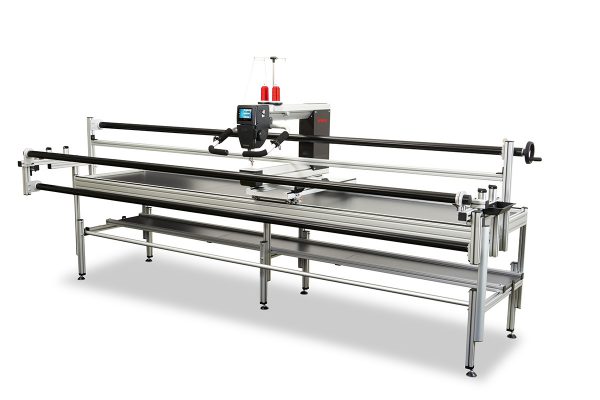
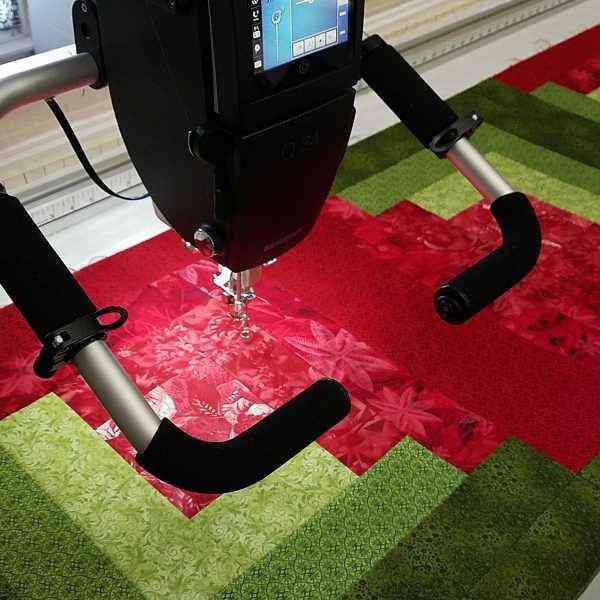
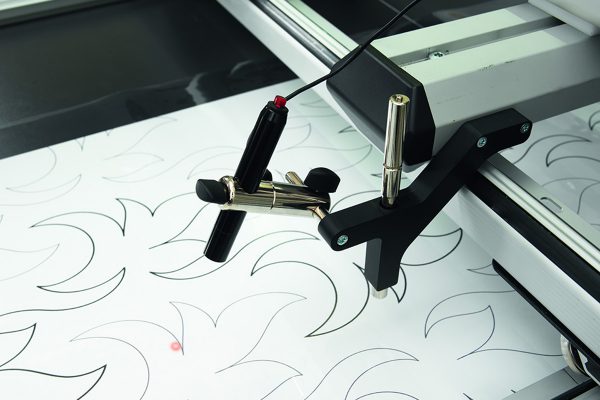
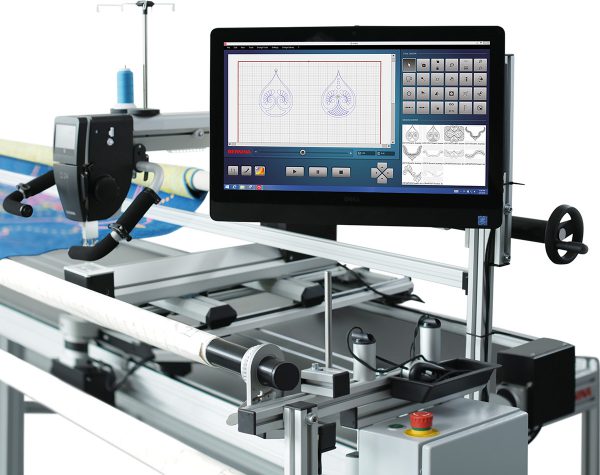
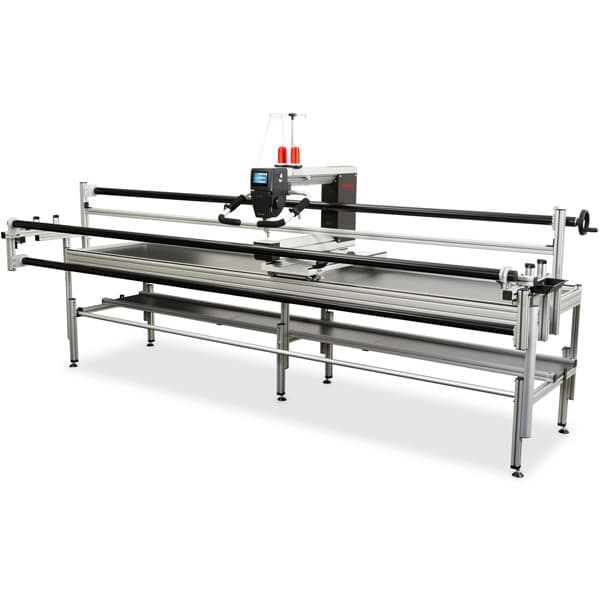
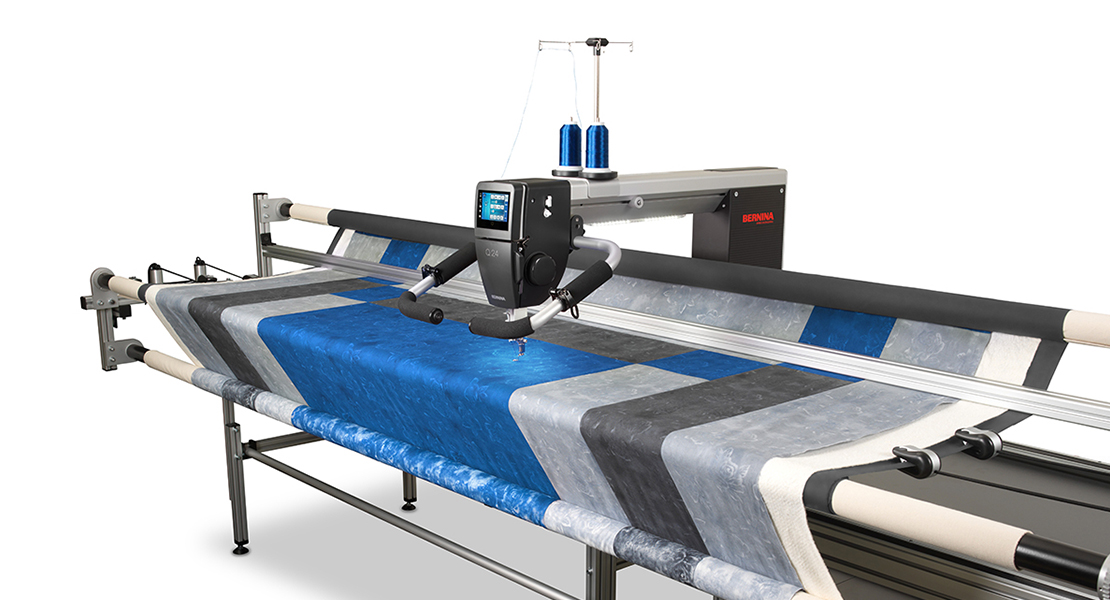
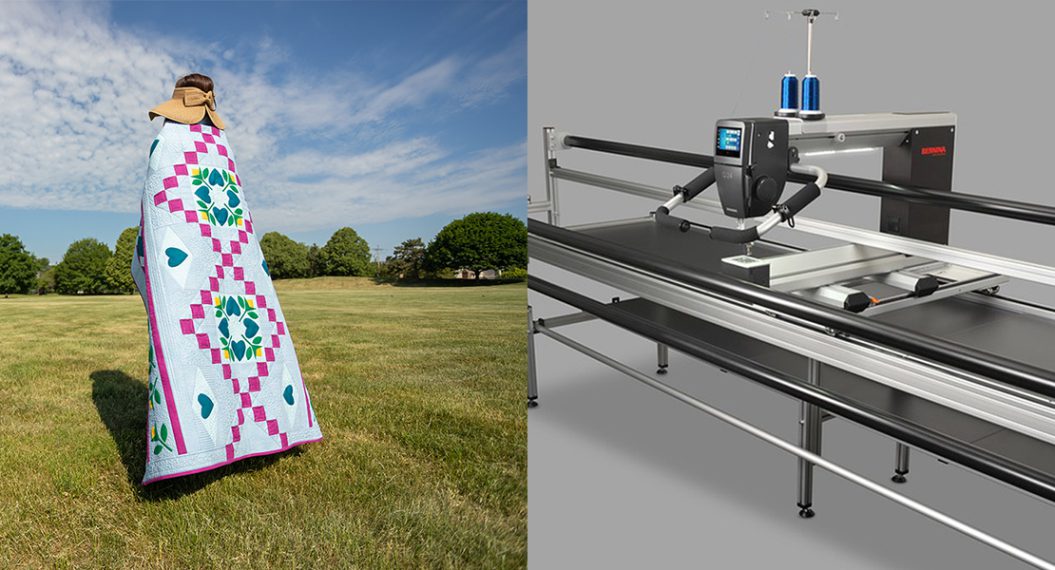
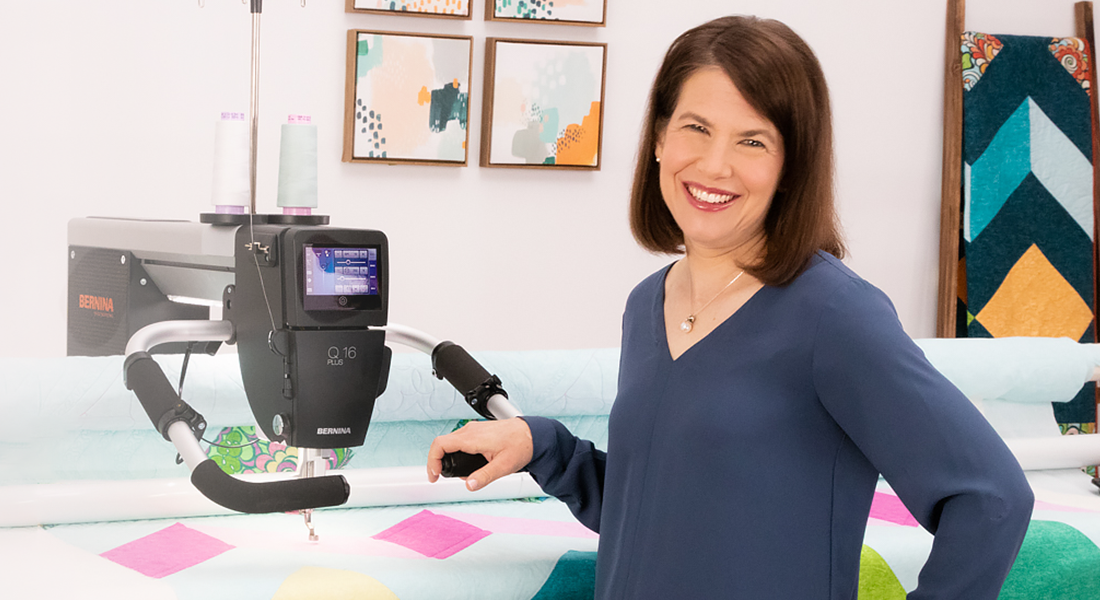


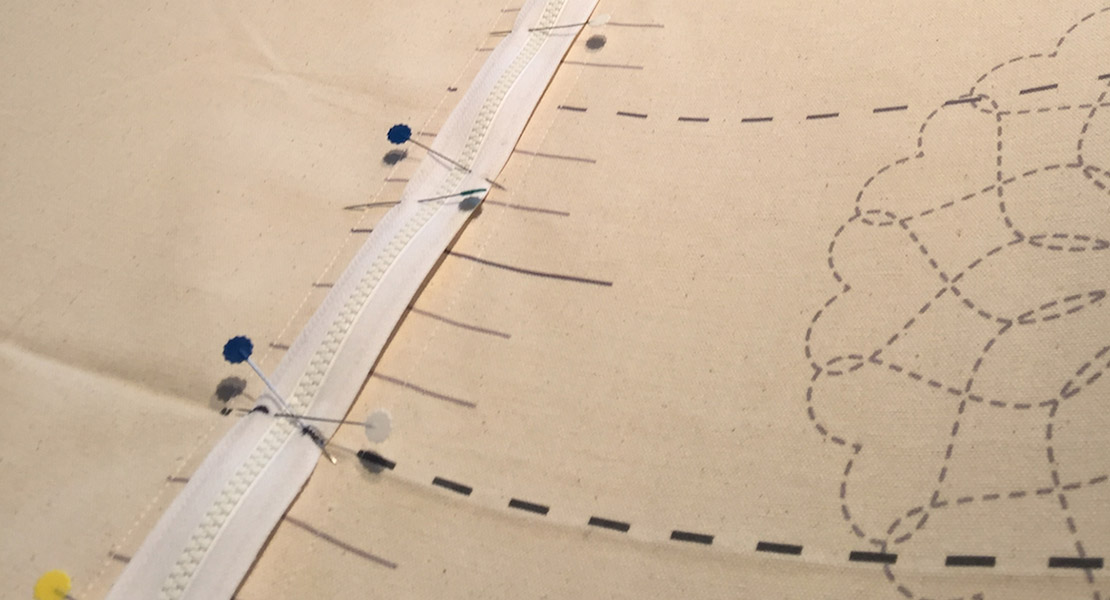
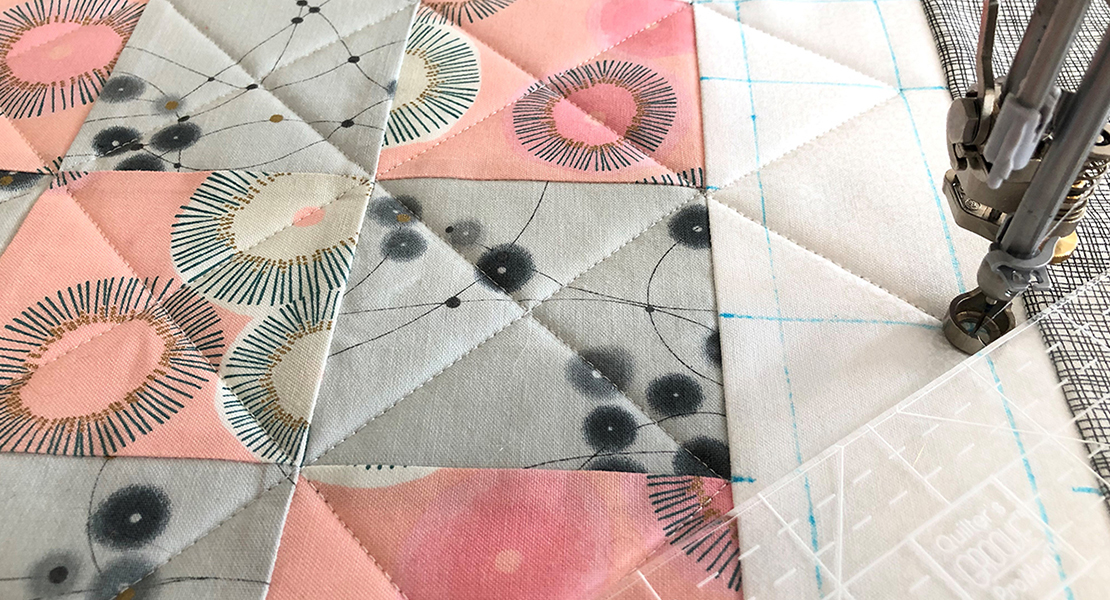
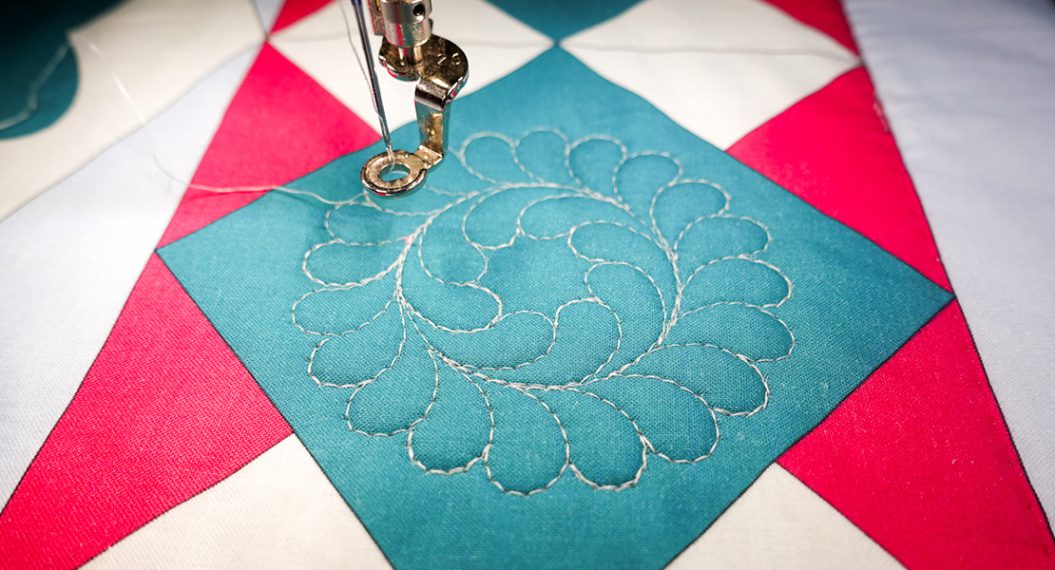
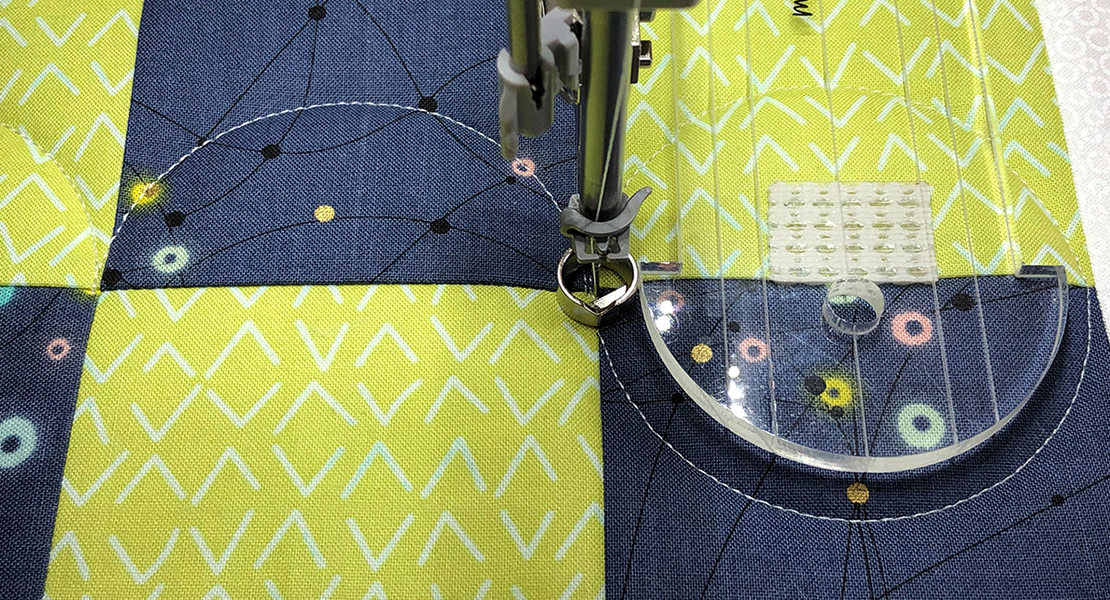
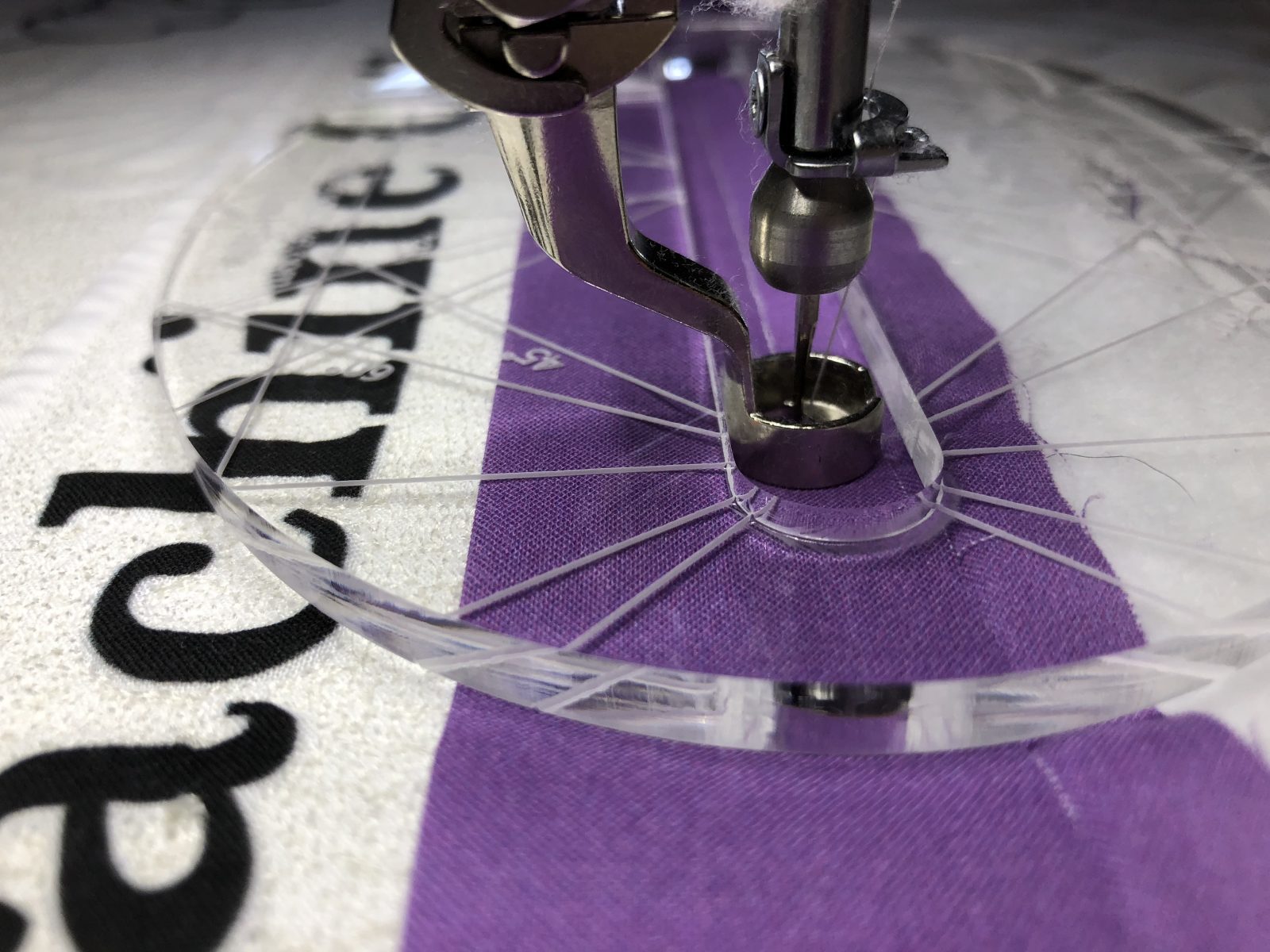
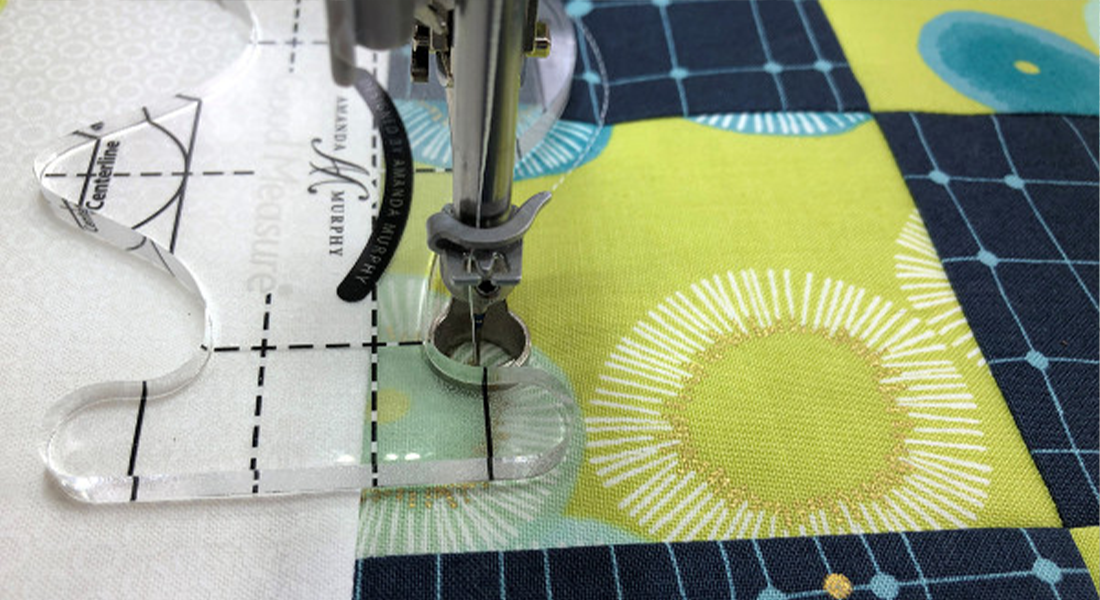
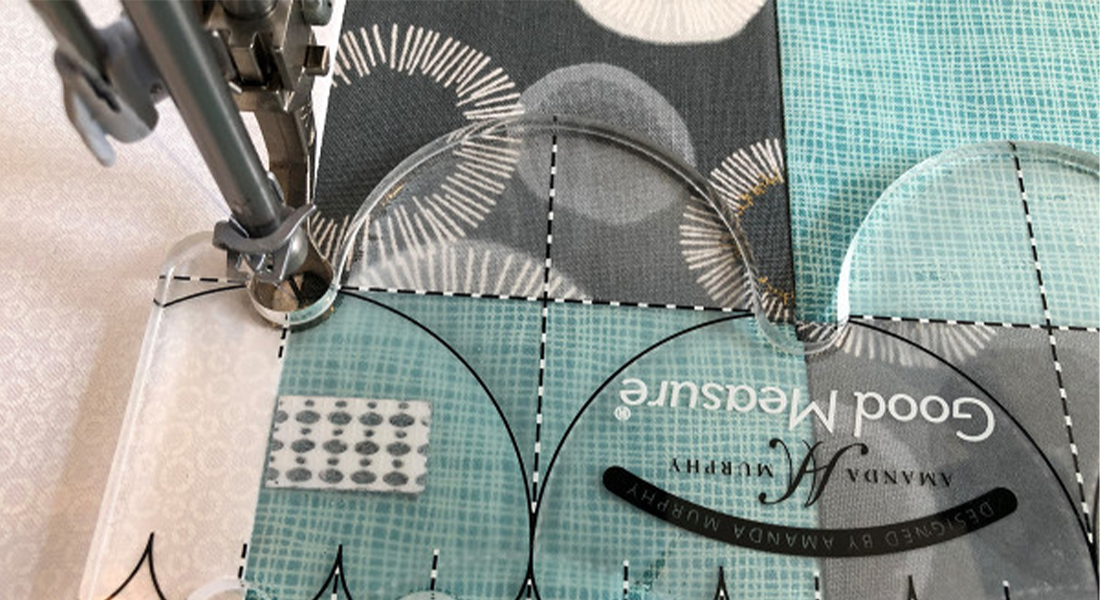
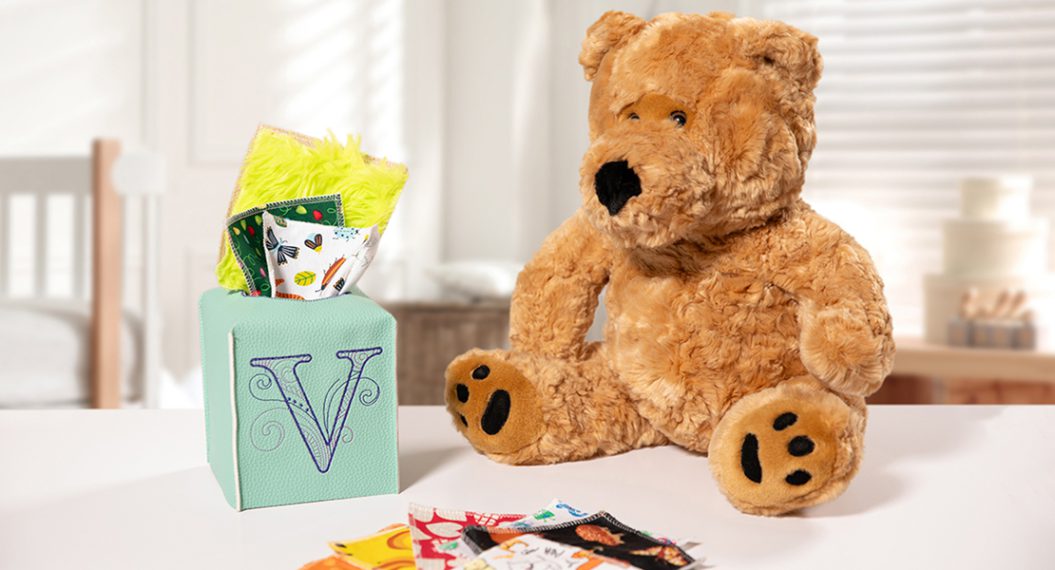
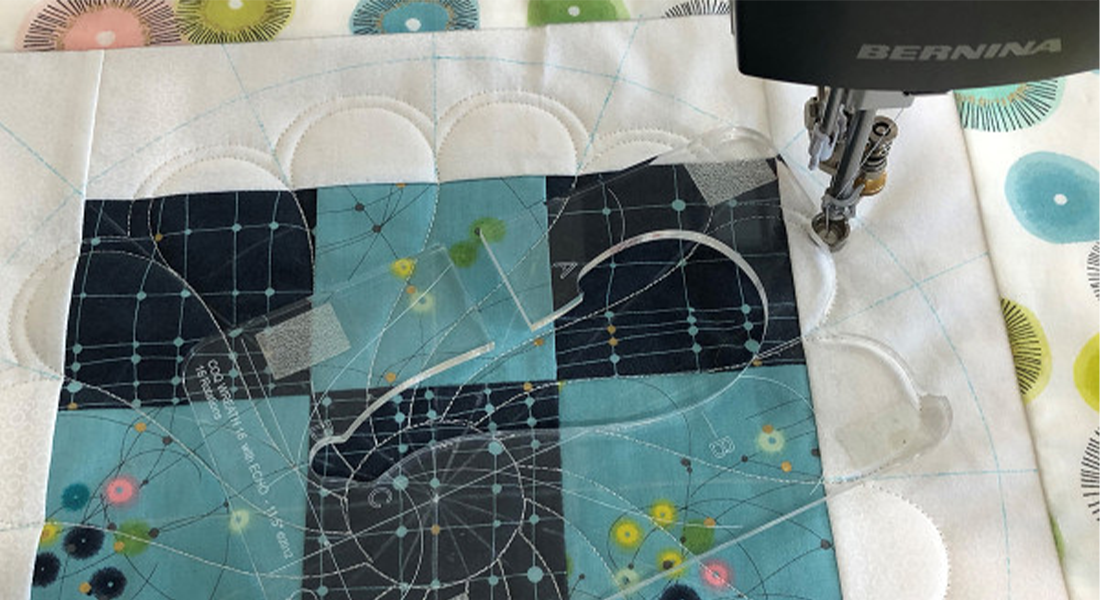
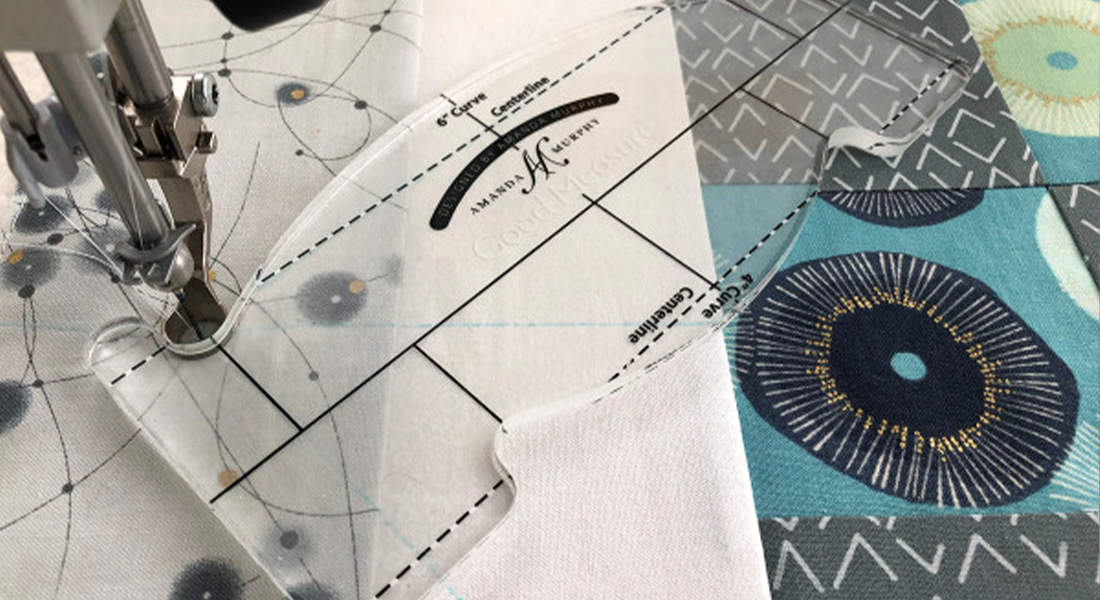
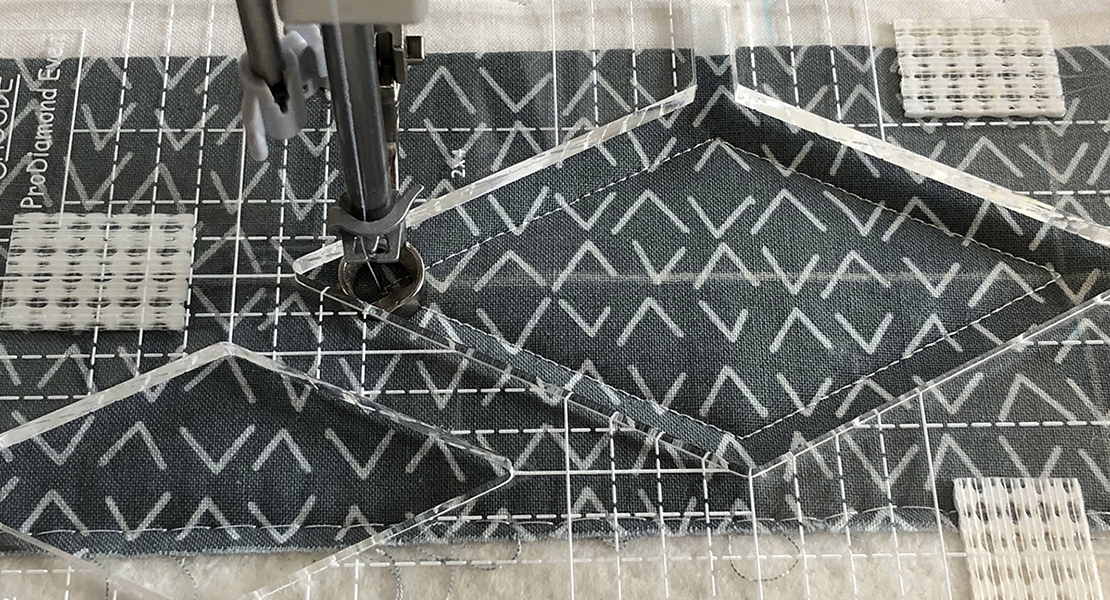
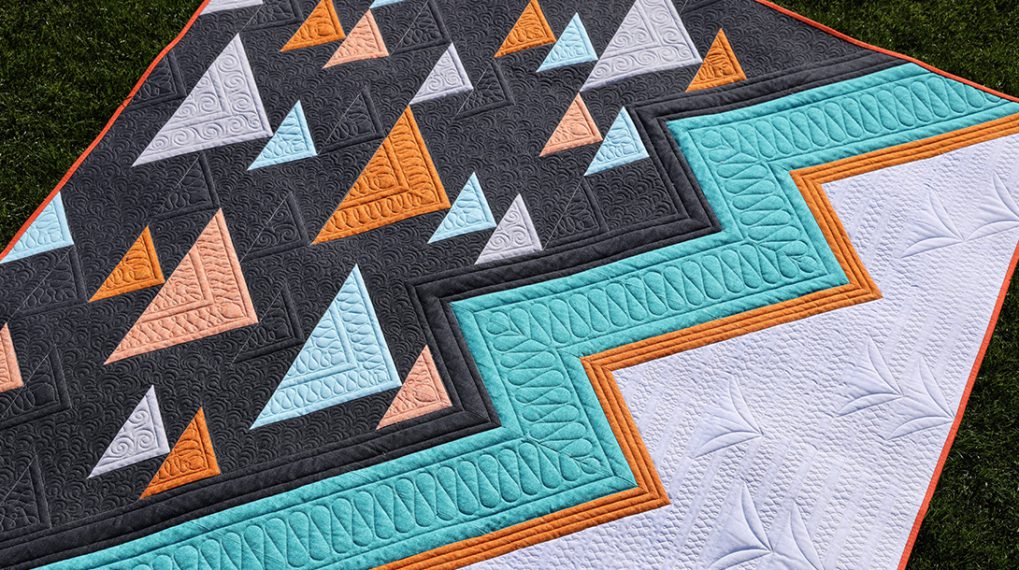

Great lesson. Can the Q20 do the automatic stitching?